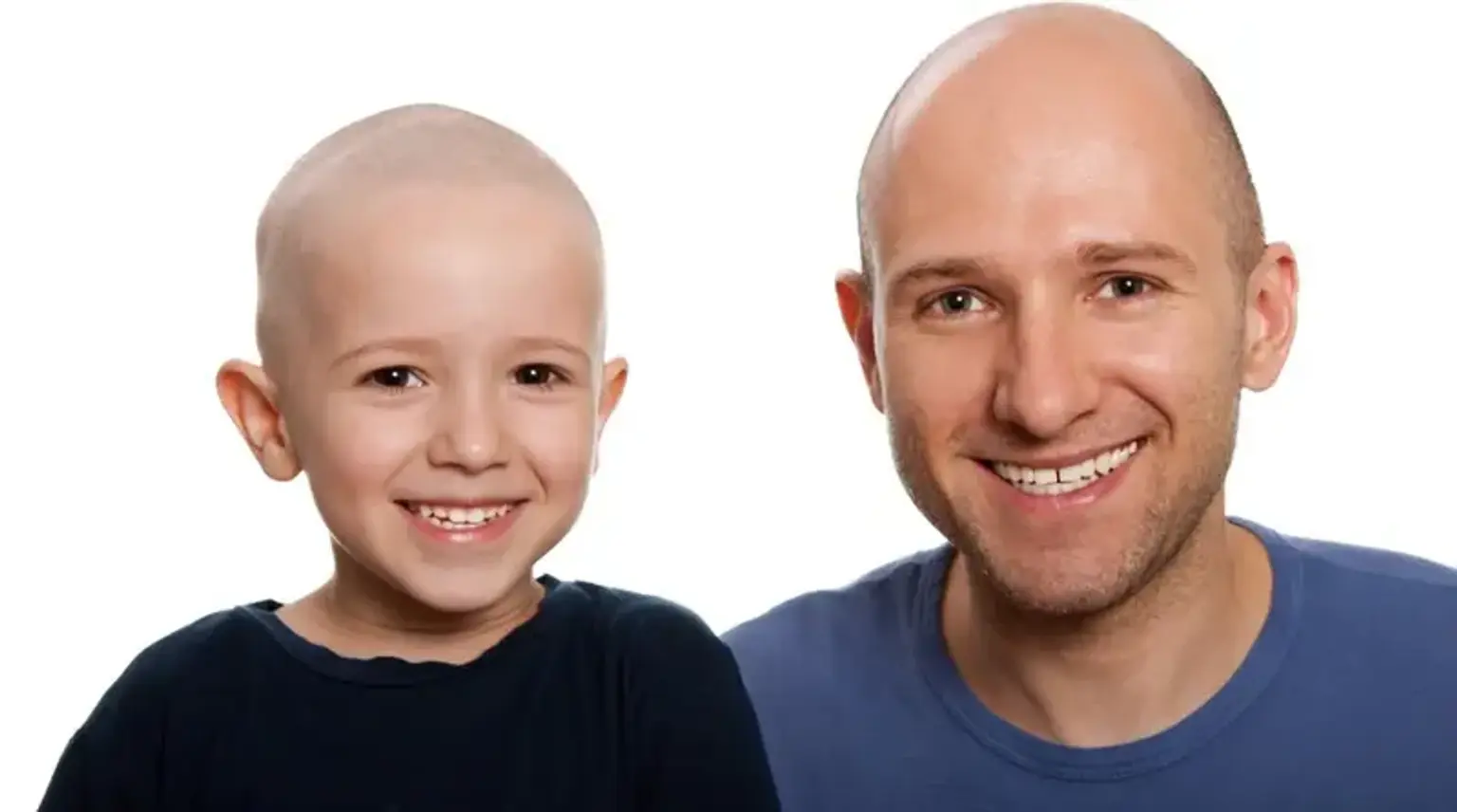Atrichia
Overview
Hereditary baldness can take on a variety of forms and is caused by a single gene issue that recurs in a typical autosomal recessive Mendelian pattern. Baldness can occur on its own or in conjunction with other conditions such as microcephaly, cataract, retinitis pigmentosa, epilepsy, mental retardation, pyorrhea, whole or partial anodontia, abnormalities of the teeth and nails, and epilepsy. One such instance of autosomal recessive-inherited whole-body hair loss is congenital atrichia. Congenital atrichia with papules may be a more accurate description of the phenotype to avoid misunderstanding the more prevalent form of alopecia universalis. Cases similar to this illness from Pakistan have recently been reported, with hair loss affecting the entire body.
The molecular mechanism has only been described thus far for one type of inherited alopecia, congenital atrichia. Following the loss of natural hair shortly after birth, those who suffer from this type of hair loss often have no hair on their scalp and almost no eyebrow, eyelash, axillary, or pubic hair. A scalp skin sample from affected patients showed that sebaceous glands were sparsely distributed and there were no hair follicles.
The additional distinctive clinical finding of clustered cystic and milia-like skin lesions is present in the affected people. Affected people displayed no developmental or growth delays, healthy hearing, teeth, and nails, and no excessive sweating.
